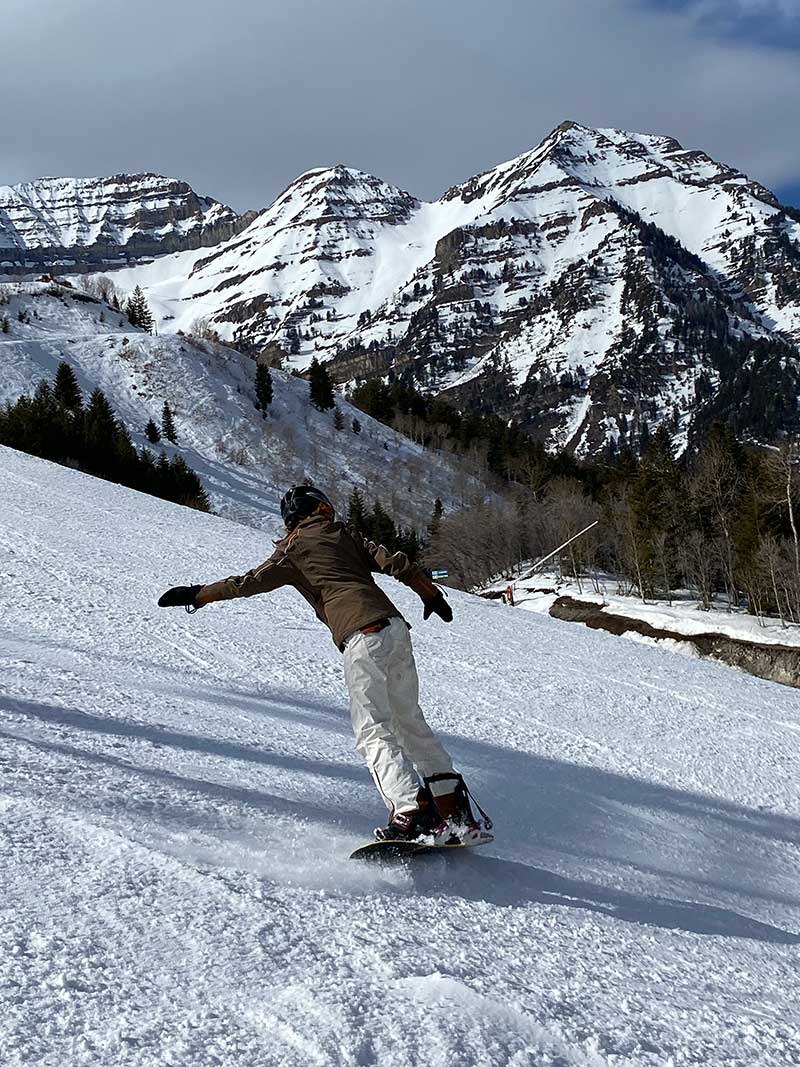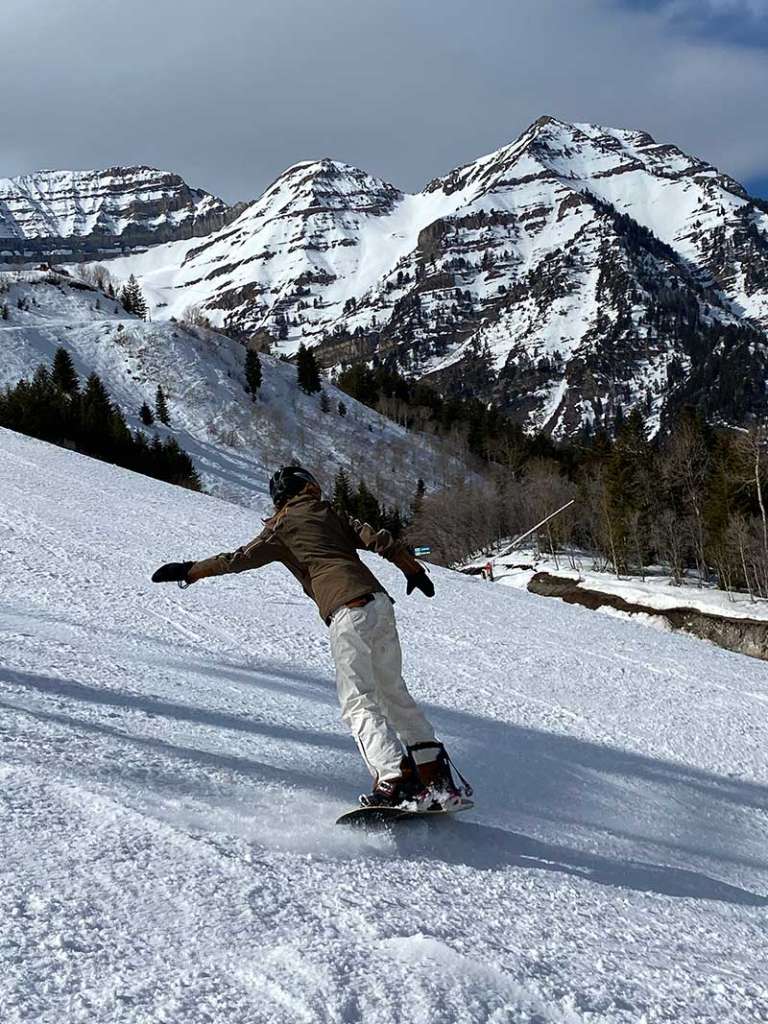
Every winter, Cascade Academy students will participate in the skiing & snowboarding sequence. This sequence is one of the core activities our students will participate in throughout the year. It begins with 3-4 weeks of cross country skiing to build a foundation. Then, those new skills are transitioned to downhill skiing or snowboarding at Sundance Mountain Resort. This activity provides a great way to get outside during the winter, many opportunities for students to challenge themselves, and a lifelong skill that students can engage in every year to experience the many health benefits of recreation. In addition to these great benefits, what are the therapeutic reasons for engaging in skiing & snowboarding?
The core treatment approach at Cascade Academy is Exposure Response & Prevention (ERP). Skiing and snowboarding naturally introduces triggers, alarms, or anxieties to those involved. Our students will need to acknowledge this cycle and navigate these challenges in a healthy way. The more students do this, the more they are interrupting the anxiety cycle in their lives. Skiing and snowboarding also provide the framework to build self-efficacy in our students. Learning such a technical and anxiety-inducing activity is so difficult! While skiing or snowboarding, everything in your body is telling you not to fall or fail….but that is the only way to get better. As students learn the skill of getting back up after falling, they will begin to believe in themselves more and more.
With all of these benefits in mind, skiing and snowboarding is also a fantastic way to introduce the concept of positive psychology. There are many different approaches to therapy, and every approach has a time and place that it is most effective. Positive psychology is a therapeutic approach that can be used in all situations to change perspective and increase happiness in daily life. In the chart below, the “emotional baseline” in the center represents going through day-to-day life without any notable highs or lows. At this line, you are not experiencing long term anxiety or depression, but you are also not experiencing consistent and rewarding happiness. Below “emotional baseline” is where chronic anxiety and depression are found, making it difficult to function and regulate. Many treatment approaches focus on returning to “emotional baseline” and daily regulation. Positive psychology provides tools and resources for going above and beyond daily regulation, resulting in increased happiness and purpose in daily life.
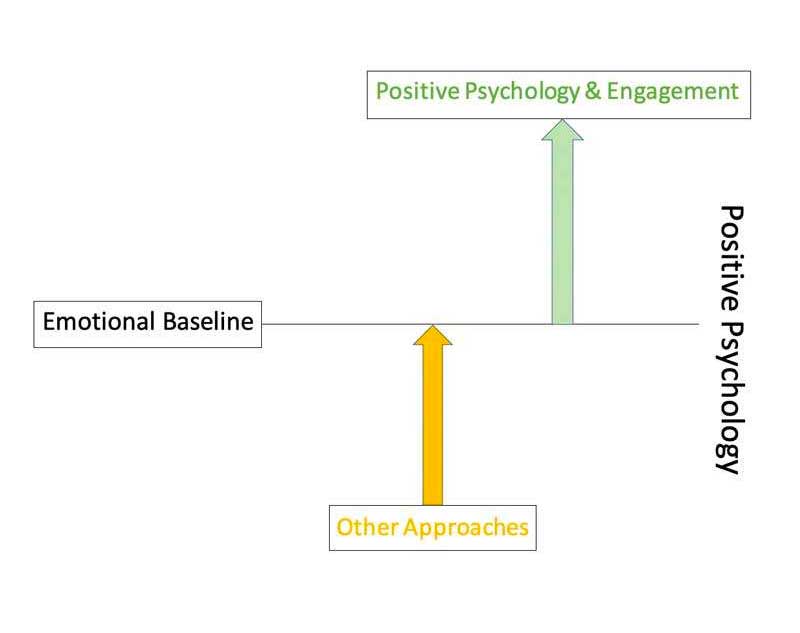
In the book Flourish by Martin Seligman (2011), Seligman outlines 5 positive psychology tools that can be implemented to boost happiness in daily life. He refers to living above emotional baseline as “flourishing” in life. The acronym for these 5 tools is PERMA: Positive emotion, Engagement, Relationships, Meaning, Accomplishment. His research supports that focusing on these 5 things every day will allow someone to “flourish” in life. In our skiing & snowboarding sequence, we are focusing on the “engagement” piece of PERMA. Skiing and snowboarding are fantastic ways to experience “engagement” because the activity requires full attention to progress one’s skills.
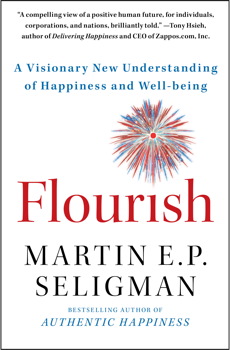
Under the “engagement” umbrella, the skiing and snowboarding sequence is also focusing on Flow theory. Flow theory was developed in the 1970’s by a Hungarian psychologist named Mihaly Csikszentmihalyi. In Flow theory, 8 states of “engagement” are introduced, with the state of “flow” highlighted as the “optimal human experience”. In this state, time feels like it slows down yet also goes by quickly. Movements feel automatic or effortless despite the difficult challenge. This state is sometimes described as feeling “in the zone” or “zen”. Here’s a great video summarizing Flow Theory (it’s designed for students in a school environment, but the first 4-minutes give a great summary).
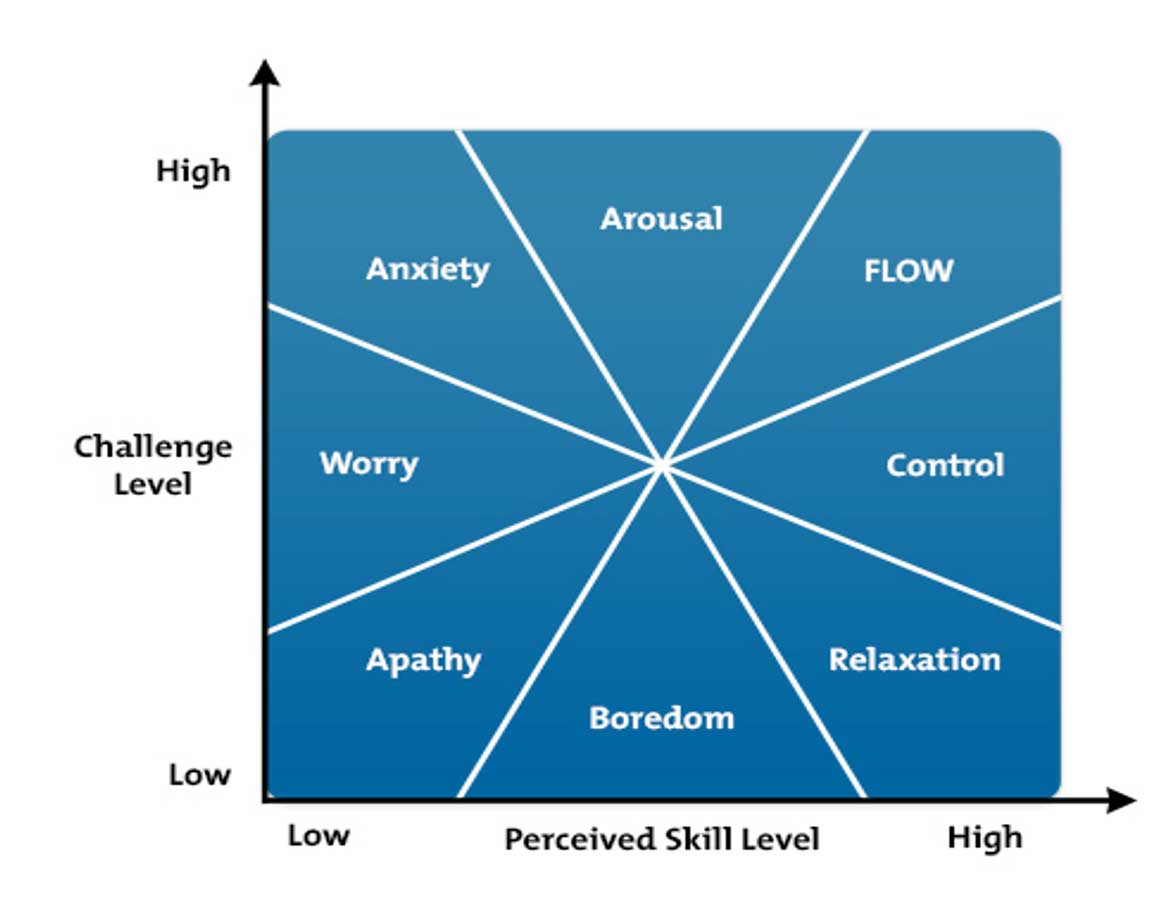
As students participate in skiing and snowboarding, they are discussing and experiencing the benefits of positive psychology, engagement, and Flow theory. Students are learning to change things within their control so that they can experience flow, and experience that effortless and automatic feeling of flowing down the snow on skis or a snowboard. Not only will they learn a lifelong skill, they will also learn the principles so that they can flourish in life.

